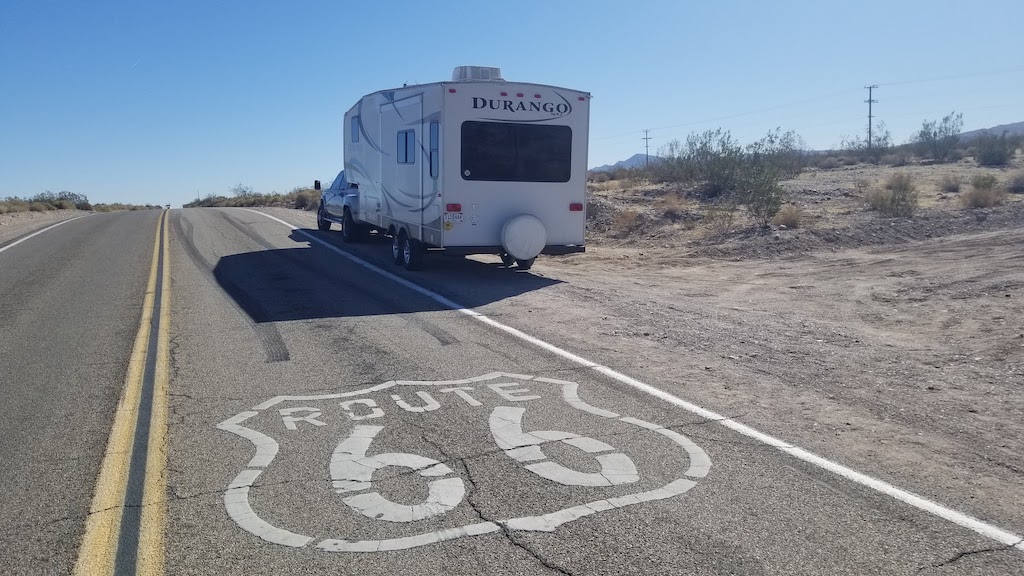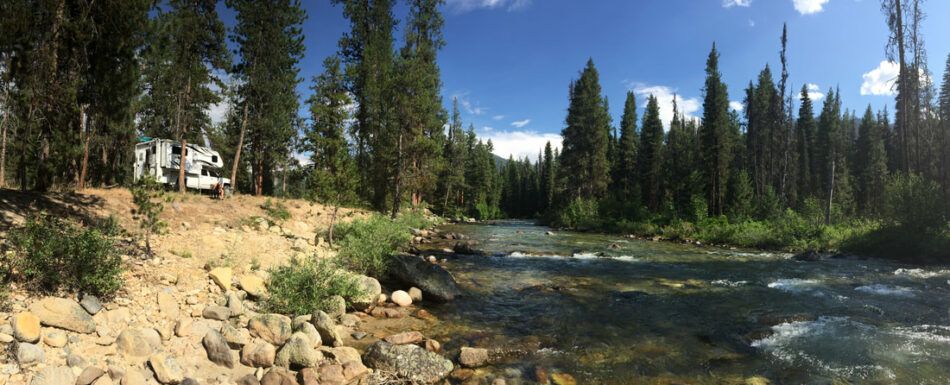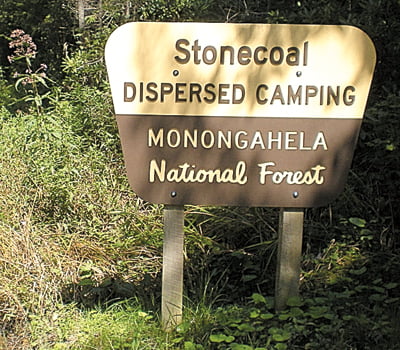
Going far off the grid, away from the things of man… Boondocking, we love it! Boondocking is for those who want to forgo the campground. A way to keep camping cheap, easy and fun! With minimal facilities, sometimes there is no water, no electricity, no rangers, and usually far from emergency services. Is it safe?
Boondocking can save you money and you will feel and adventurous. It’s also normal to feel a little hesitant when boondocking, especially when you start. There are many factors to consider when deciding to go boondocking so preparation is the key!
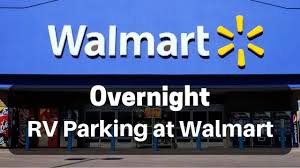
- Where to Camp Legally: You can’t just park anywhere and call it boondocking, though. It takes a little know-how before you go boondocking. Boondocking can be anything from a Walmart parking lot for a quick rest stop, to days in a beautiful forest. There is a difference between RV parking and RV camping. It is essential to check with the proper authorities when taking advantage of free RV parking or camping opportunities and to obey any rules or regulations.
- RV parking free at stores and restaurants – Look for signage, such as a sign saying overnight parking is either not allowed, or is welcomed. It depends not only on management, but also the laws and city ordinances. You should ask for permission if there is no signage
- A Walmart parking lot is great If you are on a tight schedule and just need a spot to crash for the night and stock up on supplies. This is just parking overnight, not CAMPING. Don’t start grilling, putting out chairs and opening all your slideouts. It is best to contact management in each store to ensure permission before parking your RV. There is also an App that lists locations where a 24 hour stay is allowed for boondocking at Walmarts. Also you can check other stores such as Target or Camping World and restaurants like Denny’s and Cracker Barrel. Once again, look for signage; if it is not allowed, generally there will be a sign. Just remember the more populated the area, the more crime; so lock your doors, bring in bikes, and if you feel uneasy for any reason, look for another parking place.
- Casinos, Rest Areas and Truck Stops are usually fine with you staying overnight. But again look for signs and also follow the rules as above for parking, not camping. Staying overnight can be noisy in these locations and some people complain of bright floodlights.
- National Forests & BLM – Many national forests and Bureau of Land Management (BLM) lands across the United States offer primitive campsites with no amenities as long as there is no signage noting otherwise. This makes boondocking a great option for RVers looking to visit National Parks. Follow forest access roads to find spots where you can park and “camp” for free or check at the ranger station and ask where you might be able to park for the night. The USDA provides guidelines on how and where to camp in National Forests and BLM land. Some rules allow you to camp in a dispersed area for up to 16 days. After 16 days, you must move at least 5 road miles for camping in another dispersed area. Please place your campsite at least 100 feet from any stream or other water source.The US Public Lands app is also a great resource for finding public lands with free campsites. Just be sure to do the research BEFORE venturing deep into the woods, as you’ll likely lose cell coverage and may not be able to do your research when you arrive. Although if you meet other campers, they will give you some guidance.
- Water: Before you go, sanitize your water tank. About ¼ cup of bleach to roughly 30 gallons of water is recommend by the RVIA. Run all the outlet faucets for a minute or so to push the sanitizing mixture through the lines and leave for a few hours before draining the RV fresh water tank, refill and flush the system with more fresh water. We usually do not drink from the RV’s fresh water tank, but we like to know that it is free from bacteria and algae.
- (Tech notes:) As an RV tech, customers have asked me to add a manufactured Water Treatment & Freshener that offers fresh tasting drinking water in RVs & other potable water systems.
- Make Sure You are Water Safe by:
- Boiling. If water is cloudy, allow to settle, then skim the clean water above the sediment.
- Disinfect by using: Unscented household chlorine bleach or iodine (useful against most, but not all harmful viruses and bacteria. Only use chlorine and iodine in quantities recommended by the chemical manufacturers. RVTravelBugs.com cannot advise the use of dangerous chemicals in your RV’s water system.)
- Filtering: make sure you have a good filtering system to remove coarse sediment and various bacteria. This will ensure great care of your RV’s plumbing fixtures.
- Fuel: Make sure you have plenty of gas, propane and generator fuel to last throughout your stay.
- Refrigeration and Cooler: Do not overpack your fridge or ice chest cooler and make sure you have enough provisions to last even if your fridge/cooler stops working. It is essential to invest in a good Cooler with long-lasting cooling capabilities.
- Emergency Kit: I’m sure you already have a first aid emergency kit, but before you go off-grid and away from emergency services, it is best to review your kit and ensure everything is up to date. A radio with distress signal capability could also be helpful in an emergency, with a cell phone offering some emergency coverage in many cases.
- WiFi: When you go off grid, many times you will not have WiFi. Investing in a booster for extended long range cellphone coverage can sometimes help. It is always best to make sure others know where you are and when you expect to be back in range of a cell signal.
- Weather: Study the weather forecast so you are prepared for a storm, flooding or extreme weather situations. When you find your spot, also keep weather in mind and do not set up camp where you may be subjected to high winds from adverse weather or flooding. An unexpected rainstorm can cause washouts and soft mud. When you set up camp, keep a quick exit in mind just in case of fire or other emergency where access could be blocked.
On a final note – SAFETY is the main key to having a fun and adventurous boondocking trip. Here’s some more tips …
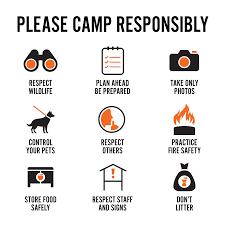
- Plan Ahead: know your GPS coordinates
- Arrive before dark
- Sleep with keys nearby for easy access in an emergency
- Let someone know of your location
- Know your closest emergency room location
- If you feel unsafe, leave
- Find an exit route in case of emergency
- Know your first aid kit and how to use it
- Use motion lights and security camera. You can purchase equipment in hardware stores or online.
- Don’t make things easy for an intruder
Planning Made Easy:
RV Trip Planning made easy with RV Life Pro:
RV Life Pro is the membership program that grants you access to all of the RV Life products and websites including RV Life Trip Wizard. You also get access to the RV Life Masterclass training courses, RV Life’s RV Safe GPS routing app, thousands of campground reviews on RV Life Campground Reviews, an RV maintenance tracker on RV Life Maintenance, and more.
An RV LIFE PRO membership will grant you access to 5 great RV tools. These tools will help you research campgrounds, plan RV safe routes, turn your phone into an RV GPS, access courses about RVing, and even track maintenance schedules on your RV.
